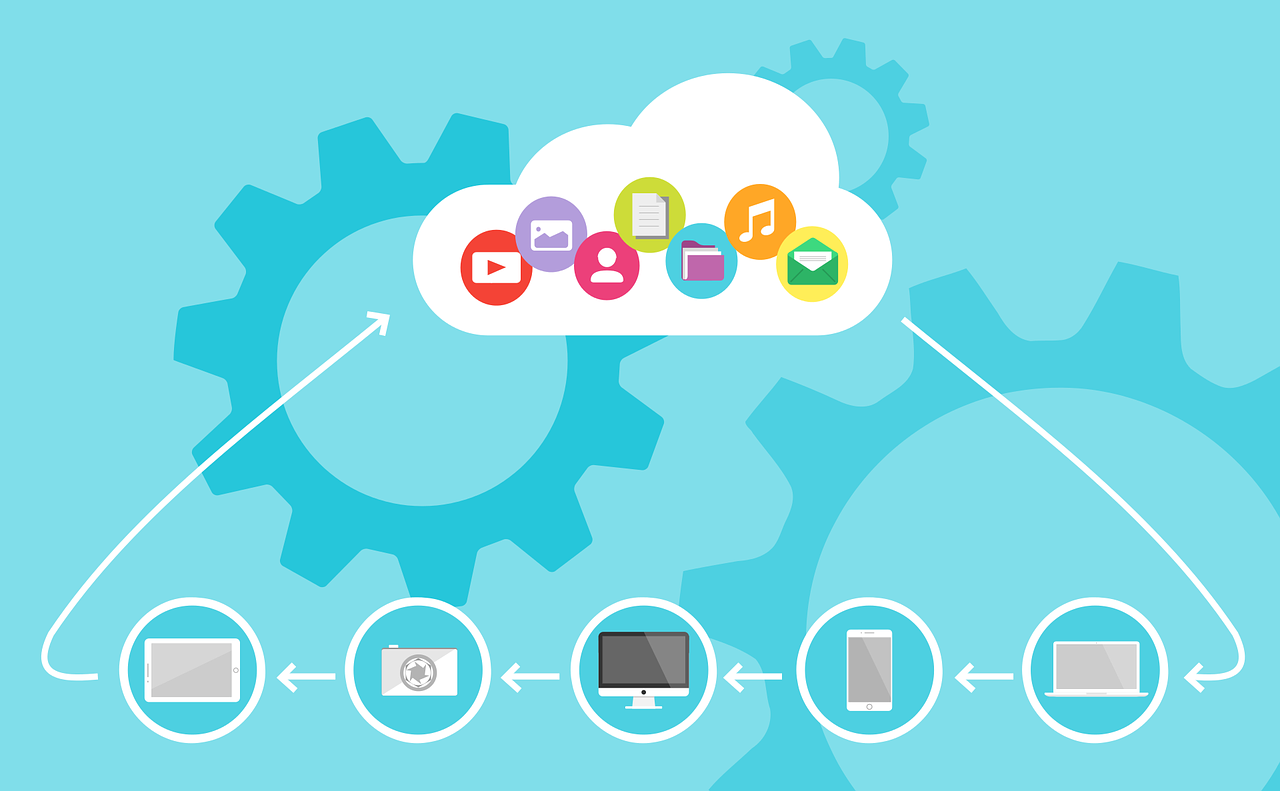There are several effective strategies to secure your custom software development pipeline. According to recent data, it’s nearly five times more expensive for software developers to fix a bug during implementation than to bake in security from the start.
Similarly, fixing bugs during testing can be over 10 times more expensive than fixing the same issues during the design phase.
As a software developer, you need to know the best practices to incorporate security into every phase of your SDLC. This way, you can reduce the cost of product flaws.
Simultaneously, prevent vulnerabilities, data breaches, and exploits in your business software solutions. Read on to discover the top strategies to secure your custom software development pipeline.
READ ALSO: The Real Impact of Cloud-Based Integration Solutions on Businesses Today
Table of Contents
5 Strategies To Secure Your Custom Software Development Pipeline
1. Update Your Systems & Software
First, you should update your systems to keep your custom software development pipeline secure.
Patch your software regularly to avoid a hack and prevent code penetration. In addition, keep a software bill of materials to track your code inventory. This way, you can update your open-source components and stay on top of older software.
Ideally, you should scan your code for vulnerabilities regularly. Then, modify the code as needed to prevent attacks using older development methodologies.
Since so many vulnerabilities arise from outdated software, this is essential to protect your modern enterprise applications. Definitely, update your systems to keep your custom software development pipeline secure.
2. Install A Kubernetes Docker Registry
Next, install a Kubernetes Docker Registry to secure your custom software. For example, many top enterprise development companies use a kubernetes registry by JFrog.
Once installed, you can leverage this tool to provision your k8s cluster with charts and images.
In addition, access a secure, private registry to host your local Docker images. Get fine-grained access control to share packages and images across your organization securely.
Additionally, JFrog’s Kubernetes Docker registry uses remote repositories to proxy public Docker resources. This way, your downloaded Docker images are available right on your local network.
In short, install a kubernetes Docker registry to secure your custom software development pipeline.
READ ALSO: The Power of Student Networks: How to Leverage University Connections for Your Startup
3. Conduct Threat Modeling & Risk Assessment
In addition, you should conduct threat modeling and risk assessments to keep your custom applications secure. Stimulate potential hack scenarios using penetration testers. Here, you should also implement counterattacks in the software design.
Indeed, this can work to mitigate risk, increase privacy, and maintain compliance. Of course, you should also examine your code using comprehensive review or analysis software.
Indeed, many of these tools can identify vulnerabilities and provide recommendations for bug fixes. This way, you can automate your testing and review process.
Simultaneously, minimize human errors to keep your application secure post-release. Absolutely, conduct threat modeling and risk assessment to secure your custom software pipeline.
4. Hold Employee Training Workshops
Moreover, hold employee training workshops to keep your team up-to-date on your custom software security policies. Ideally, you should have a written security policy in place that includes risk mitigation measures.
Additionally, you should outline the proper steps to recover in the event of an attack. Distribute copies of the security policy to everyone on your team. In addition, you can hold training workshops anytime one of your practices changes.
This way, you can keep employees up-to-date on the most effective practices and promote efficient fault detection. Plus, solidify security directly into your organization’s company culture.
Undoubtedly, hold employee training workshops to keep your team up-to-date on your software security policies.
5. Leverage A Cloud-Based Distribution Model
Furthermore, leverage a cloud-based distribution model to support a secure custom software release. Indeed, many cloud-based distribution frameworks rely on highly secure virtual networks.
Also, they capitalize on the numerous benefits of the cloud computing infrastructure. Plus, you can access efficiency and portability through your deployment process.
Usually, you need to connect your computers, smart devices, and storage systems to your production environment. This way, users can download your software application over the network.
Plus, streamline quality control and disaster recovery. Certainly, leverage a cloud-based distribution model for a secure custom software release.
READ ALSO: The Real Impact of Cloud-Based Integration Solutions on Businesses Today
A Final Word
There are several effective strategies to secure your custom software development pipeline. First, update your software and systems to prevent hacks in older, open-source code.
Next, install a Kubernetes registry to host your Docker images securely. In addition, conduct threat modeling and risk assessment to identify potential vulnerabilities.
Moreover, hold employee training workshops to keep your development teams on the same page on policies.
Furthermore, leverage a cloud-based distribution model for a secure software release. Consider these points to learn about the best strategies to secure your custom software development pipeline.
INTERESTING POSTS
- The Best Kubernetes Certification Program
- Full CCleaner Business Edition 2021 Review
- SAST In Secure SDLC: 3 Reasons To Integrate It In A DevSecOps Pipeline
- Cybersecurity Strategies To Protect Your Critical SaaS Data
- 4 Ways Ransomware Can Infect A System
- The Most Important Factors to Consider When Choosing a Reliable SCA Tool
- Honest K7 Antivirus Review: Affordable Antivirus Starting At $9 Per Year
- What Programming Skills Do Pen Testers Need?
- The Pros And Cons Of Outsourcing Your Cybersecurity Audit
- Skillhub’s Experts Reveal: Here Are 7 Things You Must Have On Your Resume to Stand Out
About the Author:
Marie Beaujolie is a computer network engineer and content writer from Paris. She is passionate about technology and exploring new ways to make people’s lives easier. Marie has been working in the IT industry for many years and has a wealth of knowledge about computer security and best practices. She is a regular contributor for SecureBlitz.com, where she writes about the latest trends and news in the cyber security industry. Marie is committed to helping people stay safe online and encouraging them to take the necessary steps to protect their data.










